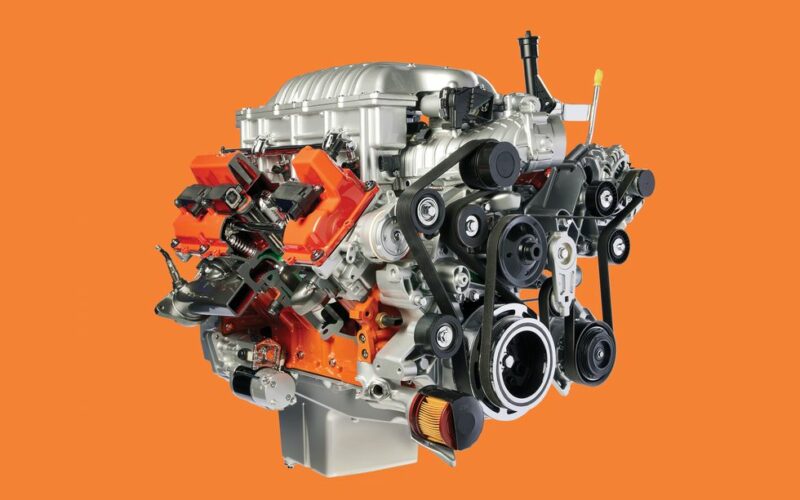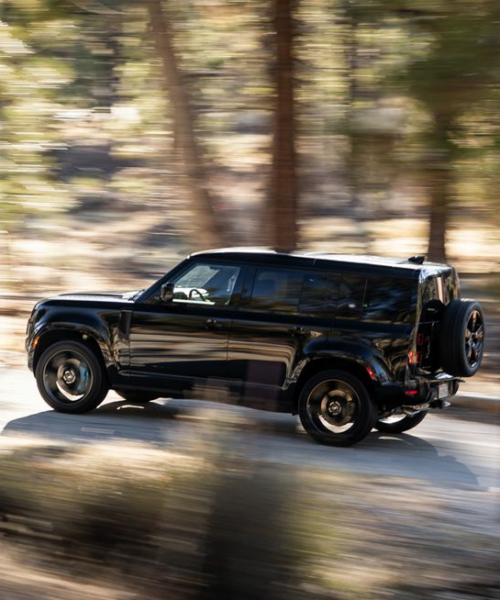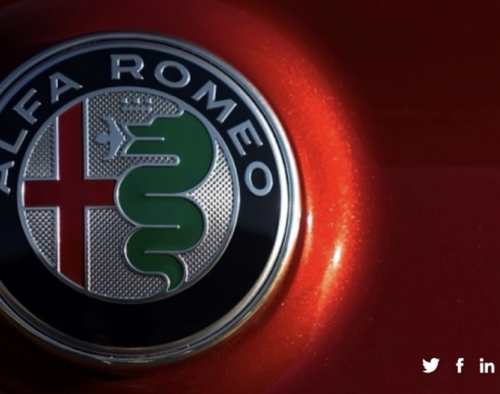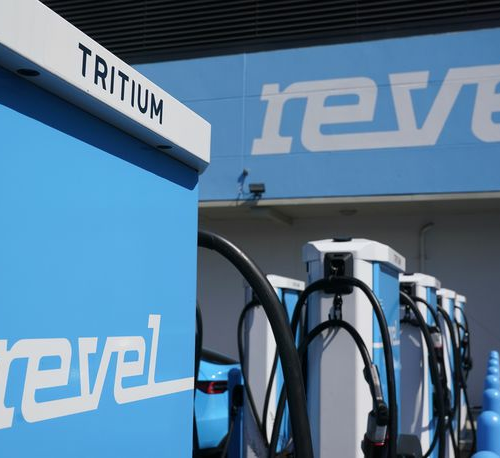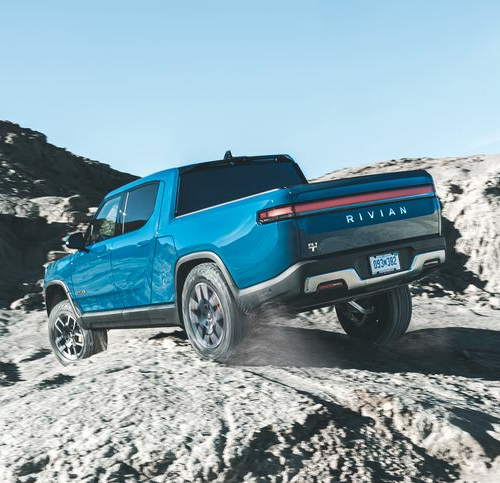BY ELANA SCHERR | CarAndDriver.Com
Troy Warren for CNT #Cars
We hear from the folks in charge at Dodge, Land Rover, and Lexus, on the state of the high-horsepower V-8 amid a fully electric frontier.
The International Union for Conservation of Nature says more than 37,400 species are threatened with extinction. Big V-8s in small cars and unexpected off-roaders are not on the ledger, but if they were, we’d expect to see them listed as “near threatened,” defined by the conservation union as “species close to the threatened thresholds or that would be threatened without ongoing conservation measures.” Since high-horse V-8s can still be spotted in Land Rovers (Range Rover, Range Rover Sport, Defender), Jeeps (Grand Cherokee, Wrangler Rubicon 392), Cadillacs (CT5-V Blackwing), Lexuses (IS500 F Sport), and Dodges (Hellcat everything), to name just a few, they’re clearly not yet extinct. Possibly, they’re not even endangered. On the automotive watchlist, V-8s are still healthier than the manual transmission, but they’re roaming the land in fewer numbers than they once were. Will they dwindle to memories like the Yangtze River dolphin and the Tasmanian tiger, or can they rebound like the American bald eagle? What’s cutting into their habitat, and what’s keeping them going for now?
That last question is easy to answer: Consumers still like them. The 2022 Defender’s 518-hp supercharged 5.0-liter V-8 option “was very much a customer-led move,” says Robert Filipovic, product planning director for Jaguar Land Rover North America. “We knew there was strong market potential, both from our existing fans and new shoppers who were interested in the Defender. I’m optimistic that you’ll continue to see activity in the V-8 space for some time, not in place of but alongside all the other innovative powertrain tech.”
Lexus marketing senior analyst Richard Hollingsworth says his brand went with a 472-hp 5.0-liter V-8 in the 2022 IS500 F Sport because people missed the V-8-powered IS F, last offered in 2014. “There’s always been enthusiasm for a V-8 in our lineup, and now some of it is that nostalgia factor,” he says. “It’s just a different sound that comes with a V-8. We love our turbocharging, but V-8s have been a part of our history, and they’ll hopefully continue to be.”
If everyone loves a V-8 so much, why do we expect to see them go away? We asked Dodge CEO Tim Kuniskis, who spent the better part of the past decade shoving supercharged Hemis into every engine bay possible. “I’ve said that we’re getting pretty close to where we can go with the innovation on ICE [internal-combustion engine] technology,” says Kuniskis. That’s not necessarily true, because there are very sophisticated combustion chambers, like in F1 and things like that. But when you get to that point, you’re going to get into this super-high-tech, expensive technology, and at the same time, the cost per kilowatt-hour [of EV batteries] and the cost of [electric drive modules] is coming down because everyone else in the mainstream is going there. That’s technology that’s not being taxed and is now going to be cost competitive and can give me massive performance advantages that I don’t have with ICE technology.” Kuniskis thinks customers faced with the choice between a slower, more expensive big-engine car and a faster, affordable electrified (but not necessarily electric) car will choose better performance more often than not.
But Kuniskis is looking on the bright side. The big gas engine is “not going to end tomorrow,” he says. “It’s not going to end faster because of government fines. It’s not going to go away because it’s been mandated to go away. It’s going to go away because we’re going to be able to sell you something better, faster, stronger than anything you’ve seen. We’re going to evolve into better stuff.”
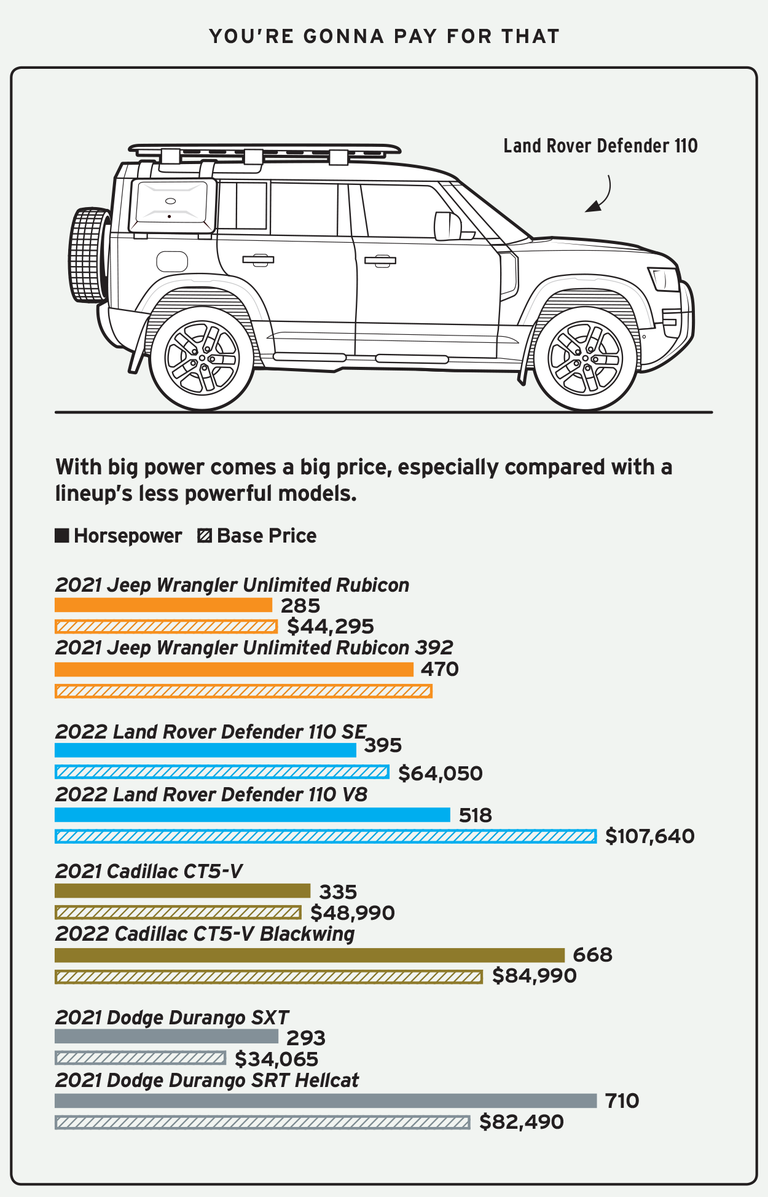
In Other NEWS


























